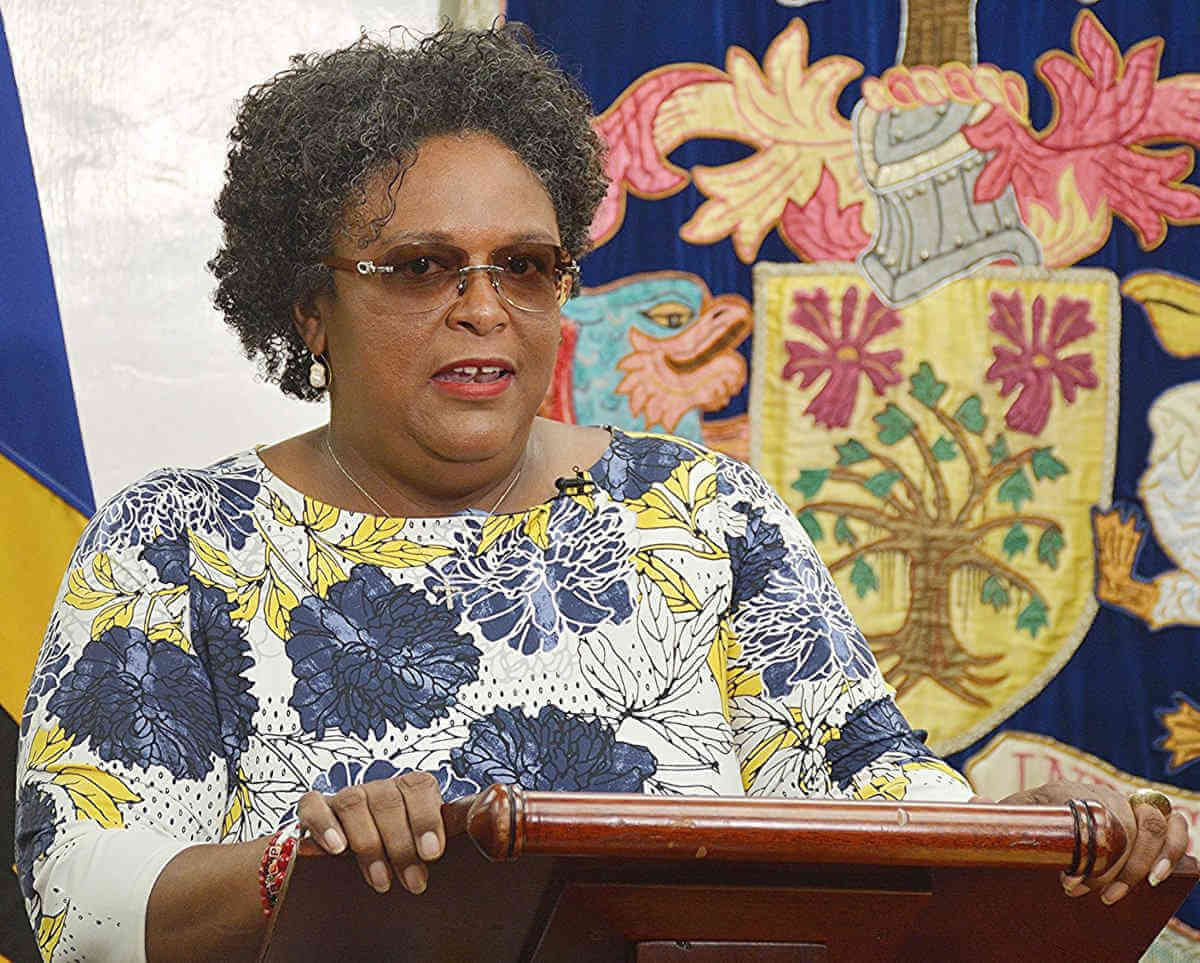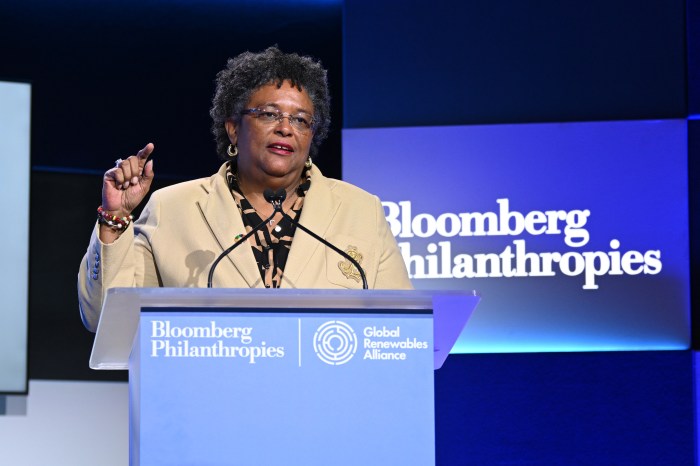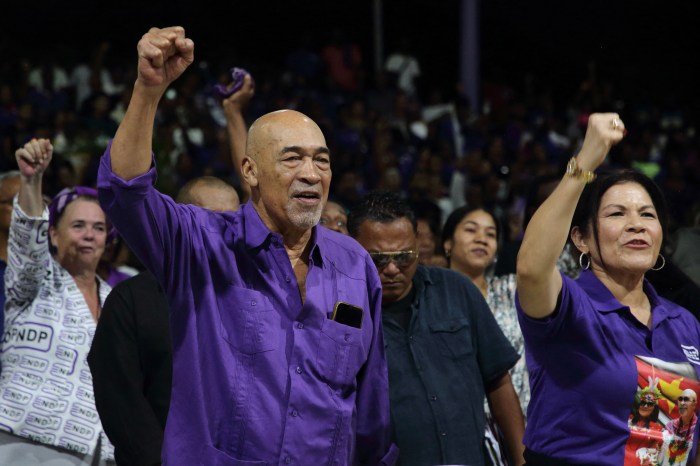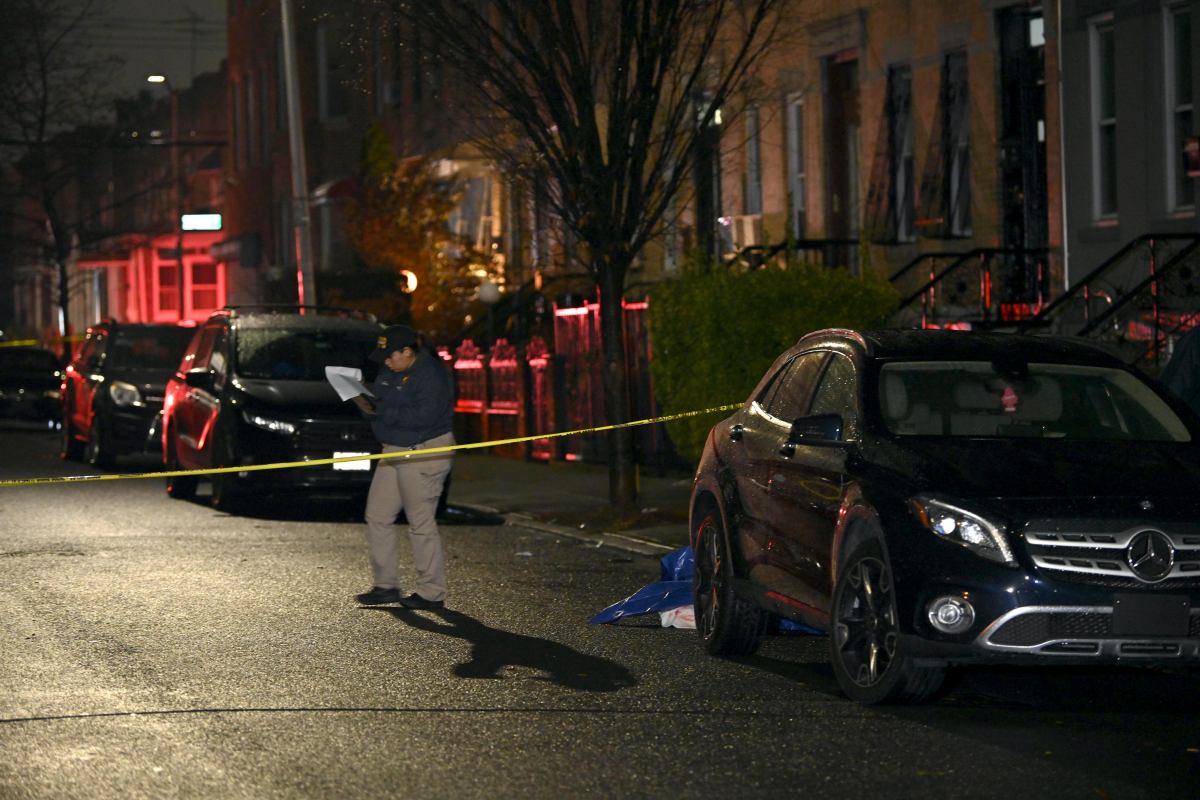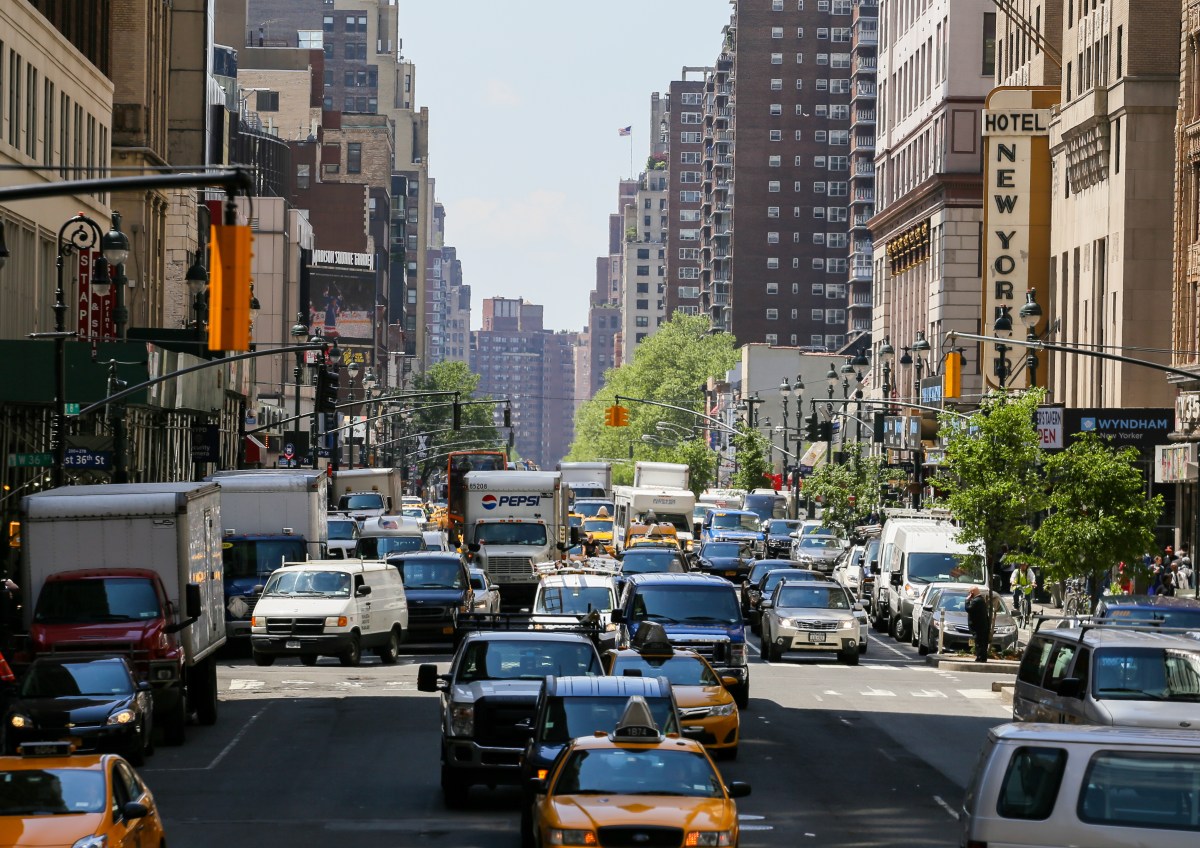Though not yet close to its glorious days of a buoyant economy with massive amounts of foreign exchange and a bubbling GDP, Barbados entered 2019 on a high because it successfully took steps away from the precipice of disaster.
Midway last year government’s foreign reserves stood at, $221.5, barely enough for 7.2 weeks of imports of essential items such as petroleum products.
The international benchmark for reserves coverage is 12 weeks.
Additionally, growth in the economy for the six-month period had fallen by six per cent and the GDP stood at $5.573 billion.
So dire were circumstances of the time that central Bank governor, Cleviston Haynes, stated, “the economy remains vulnerable to external oil price shocks and no significant improvement in growth for 2018 is anticipated”.
Contrasting that gloomy picture at June 30, 2018, the Barbados government ended the year holding $522 million in foreign currency.
The year-end GDP figures are not yet in but as of September it had jumped to $3.82 billion.
Also, in November the island’s credit rating upgrade received its first upgrade in about 10 years, from New York-based rating agency Standard and Poor’s.
These encouraging figures prompted Prime Minister Mia Mottley to say, “every Barbadian will wake … New Year’s Day, hopeful and confident of a brighter tomorrow.”
The six-month turnaround in Barbados’ economic outlook appears more impressive when consideration is given to the circumstances met by the new Mottley government when it came to power in May.
The Mottley government met a debt level that had grown from $3 billion to $7.5 billion, and public debt as a proportion of national income was as high as 171 percent of GDP.
Payments on some of that debt were due within days of the new government taking office.
Facing an almost impossible monetary situation the administration swiftly suspended all international debt payments, set up machinery to renegotiate a repayment schedule with local creditors, and sat down for talks with the International Monetary Fund.
The Fund approved government’s ‘Economic Recovery and Transformation Plan’ and injected the first loan of $290 million at a concessionary interest rate of one percent.
This IMF action gave the greenlight for other international agencies such as the Inter-American Development Bank and the Caribbean Development Bank to follow-suit with.
But this came with pain for Barbadians because entrenched in government’s plan that met international approval was reduction of the bloated public service staff count, and cutting the number of state-owned enterprises, all of which contributed to a mammoth monthly wages and maintenance bill.
Between September and December some 1,500 persons of an estimated total 24,000 public servants were laid off in the first phase of the plan.
The blow of this retrenchment is being softened by offering laid-off workers first pick at government contracts, and a $15 million fund was put aside for those who need retraining for employment.
Government responded to mainly European Union pressure by levelling its entire corporate tax base to a range of one to 5.5 per cent.
This dramatic reduction in its corporate tax from as high as 30 per cent in some instances has made the island more attractive to international businesses, on which the island appears set as the vehicle to take it to full economic recovery.
“The journey is far from over. Indeed, we are still climbing out of the hole,” Mottley in her six-month report to the nation.
But the returns so far were good enough for her to confidently say, “Barbados is on the road again. Barbados is this evening, punching once again, above its weight division.”


